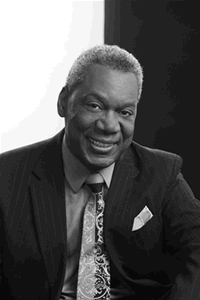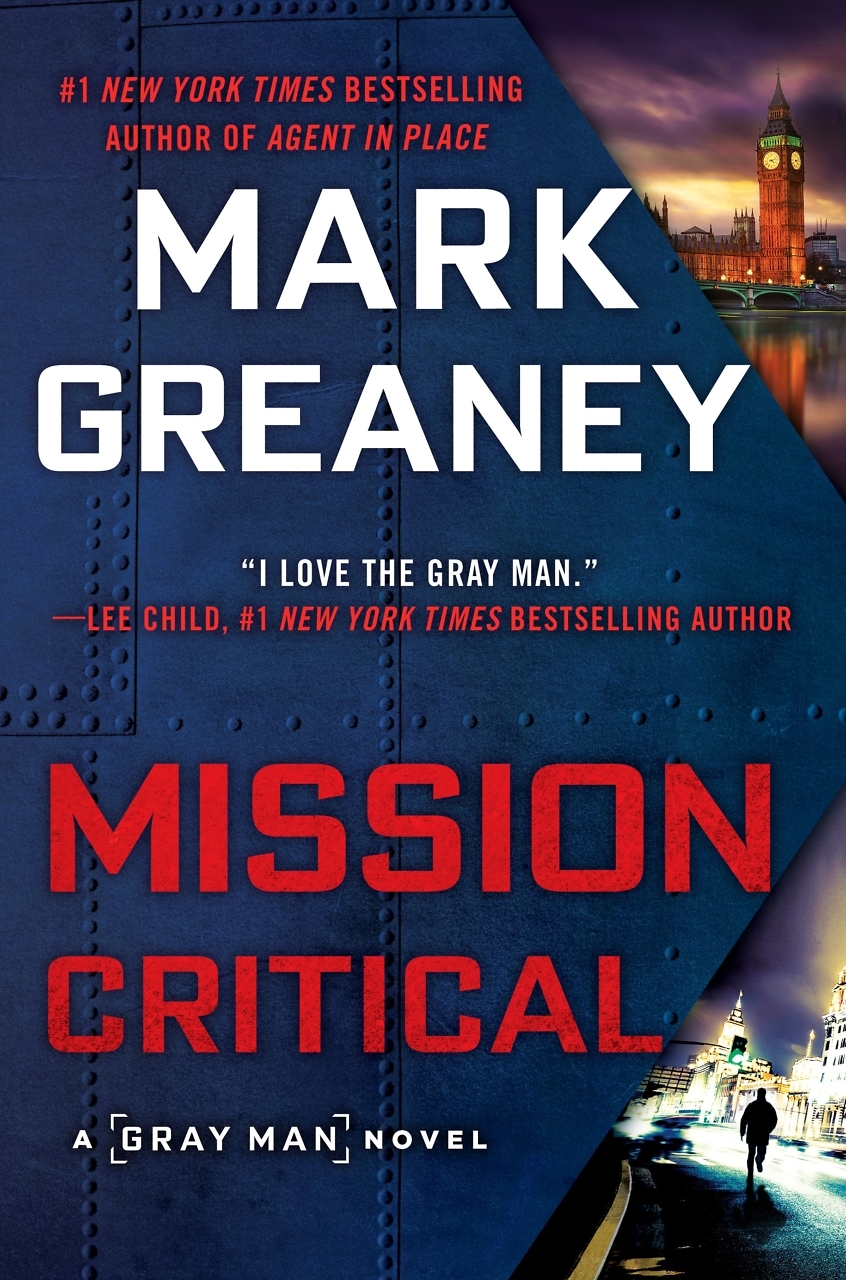A Political Awakening
D’Army Bailey recounts his student days of protest and outrage
D’Army Bailey has embraced many roles in public life. He’s been an activist, a politician, and a distinguished jurist, serving on the Circuit Court bench in Memphis since 1990. He was instrumental in the founding of the National Civil Rights Museum, and he’s also done a few turns as an actor, appearing in films like How Stella Got Her Groove Back and The People vs. Larry Flynt. No doubt he has many stories to tell, but in The Education of a Black Radical: A Southern Civil Rights Activist’s Journey 1959-1964, he confines his memoir to one narrow segment of history: his college years, when he evolved from a very bright, conventional young man to a civil-rights firebrand who was expelled from his all-black school for leading student protests.
 Bailey begins with his childhood in Memphis after World War II. He paints a fascinating portrait of “an insular yet supportive world” where he had little direct contact with whites. His hardworking parents were the center of a community of family and friends that shielded him, for the most part, from what he describes as “the heavy hand of white oppression.” Self-respect was instilled in him from a young age, particularly by his feisty mother, who defied the routine indignities of segregation. “When she took us downtown,” he writes, “she refused to take us into the department stores that required blacks to stand up and eat, often the only service blacks could obtain. As she put it, ‘I knew I was not a horse, and I was not going to do that.'”
Bailey begins with his childhood in Memphis after World War II. He paints a fascinating portrait of “an insular yet supportive world” where he had little direct contact with whites. His hardworking parents were the center of a community of family and friends that shielded him, for the most part, from what he describes as “the heavy hand of white oppression.” Self-respect was instilled in him from a young age, particularly by his feisty mother, who defied the routine indignities of segregation. “When she took us downtown,” he writes, “she refused to take us into the department stores that required blacks to stand up and eat, often the only service blacks could obtain. As she put it, ‘I knew I was not a horse, and I was not going to do that.'”
While still in high school, Bailey began writing for black newspapers, which devoted much of their coverage to the growing civil-rights movement. He also became involved in an independent effort to register and organize black voters, in defiance of Memphis’s infamous Crump political machine. He was strongly in favor of the growing protests against segregation, but when he left Memphis for Louisiana’s historically black Southern University in the fall of 1959, he was no radical. Bailey describes himself as “just another black kid going to college,” and he gives a vivid description of the fear that nagged his train ride through Mississippi, where a black man had to be on constant guard against the threat of violence. His greatest ambition was to become freshman-class president at Southern, which he promptly did. In March of his first year at Southern, a group of older students staged a lunch-counter sit-in in nearby Baton Rouge. Bailey, like most of his peers, was slightly shocked and anxious about what the fallout would be.
The account of Bailey’s transformation from “egocentric” student leader to dedicated activist is the heart of The Education of a Black Radical. He conveys a clear sense of his gradually awakening consciousness as he was exposed to new influences. Those influences included encounters with charismatic political science professor Adolph Reed and radical Christian gadfly Reverend Will Campbell, who led a race-relations seminar that had a particularly powerful impact on the still-naïve Bailey. The three-week event, held in the summer after Bailey’s sophomore year, brought black and white students from across the South to Madison, Wisconsin, with the aim of giving them a glimpse of what a world without racism might be like. Bailey and his fellow participants found it an alluring vision. “We wanted to be human beings,” he writes, “unlabeled and unclassified, and, at least for a moment, free.”
Having become far more politically sophisticated than most of his Yankee peers, Bailey took satisfaction in disrupting the smug complacency of the New England liberals who had, as they saw it, given him refuge from the evil, segregated South.
Bailey returned to college and immersed himself in the increasingly contentious student protests there, which eventually led, in his junior year, to expulsion. The hypocrisy among the school’s administrators, who were sympathetic to the students’ cause but utterly resigned to appeasing the state’s white power structure, fueled Bailey’s growing activist zeal. By the time he arrived at Clark University in Worcester, Massachusetts, to finish his degree, he was ready to take on the more subtle racism of the North, his “eyes and ears finely tuned to the sights and sounds of bigotry, hypocrisy, and injustice.”
Having become far more politically sophisticated than most of his Yankee peers, Bailey took satisfaction in disrupting the smug complacency of the New England liberals who had, as they saw it, given him refuge from the evil, segregated South. One of only two black students at Clark, he nevertheless created a student civil-rights organization and boldly persuaded Malcolm X to speak at the campus. During the summer of 1963, he worked as an activist in Washington, D.C., and during his final undergraduate year, he protested employment discrimination in Worcester. Bailey ends his story with his departure from Clark, at which point he had already set his sights on a law degree—for idealistic, not mercenary, reasons. “The law was a tool that would help me survive and grow as an activist,” he writes, “equipping me for yet more battles to come.”
Bailey’s book is well written and offers a good read simply as a coming-of-age story set in tumultuous times. Aside from a bit of pontificating in the introduction about “today’s generation of young blacks,” whom he sees as selfish and apathetic, Bailey writes about his activism largely in personal terms. We read about his experiences, his thoughts and feelings—an approach that gives The Education of a Black Radicalan emotional immediacy that is missing from many memoirs of its kind. Beyond its narrative appeal, the book offers a lively account of an era that has become a fixed, flat icon in the American psyche. We get a sharp reminder of the sheer outrageousness of Malcom X, for example, when Bailey recalls the militant leader’s quip in response to news of a plane crash: “Well, that’s a few less white people we have to worry about.” Bailey is thoroughly unsentimental about the Kennedys and characterizes the 1963 March on Washington—scene of Martin Luther King’s “I Have a Dream” speech—as “more like a picnic than a protest.”
Such recollections don’t quite follow America’s idealized history of the civil-rights movement, and they’re all the more unexpected coming from a man who has had a prominent place in the mainstream establishment. Bailey recently retired from his seat on the circuit court, so perhaps we can look forward to a similarly unconventional look at his experiences with the law and electoral politics. He’s still making films, appearing in this year’s Cigarette Girl, directed by fellow Memphian Mike McCarthy—so who knows? His next literary effort may be a show-business tell-all.


